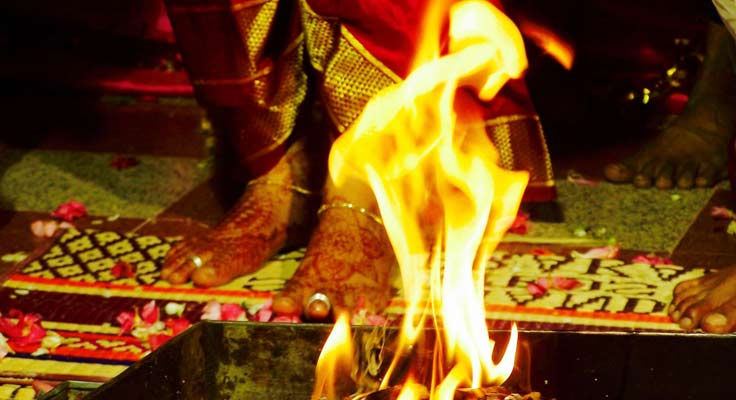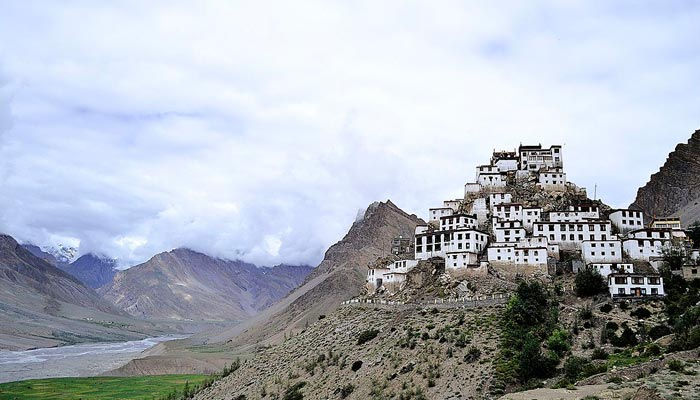Indian Culture: Science Behind Every Indian Tradition.
- Divya Joshi
- May 6, 2017
- 3 min read
We are in 21st century, and this generation only wants logic behind everything. Even I do that. I deny
to accept that I need to wear a sindoor after I’m married or I need to worship an idol, a statue or going
to a temple for praying (Which I still hardly do). It isn't like I'm an atheist. I believe that god exists but why do I need to follow a To-Do-List to make him hear my prayers.
But then I thought, if so many people follow them, there would be some connection behind it.
And I started troubling my friends, relatives and bombarded them with my questions and all of them
answered with either a "go to hell" or "You need to do because it’s our culture, our custom". Being
an engineer and stubborn I refused to accept it. Then I finally landed to my grandma and I asked
her about these customs.
She said every tradition has a different meaning, different purpose of it. I heard few from her and
then I did my homework, by Googling it.
So the credit goes to Google and my grandma.
Below are some of the traditions which have science behind it. Let’s have a look.
1. Why Indian women wear toe ring?

Normally toe rings are worn on the second toe. A particular nerve from the second toe connects the uterus and passes to the heart. Wearing toe ring on this finger strengthens the uterus. It keeps it healthy by regulating the blood flow to it and menstrual cycle will be regularized. As Silver is a good conductor, it also absorbs polar energies from the earth and passes it to the body.
Must Read
2. Applying Kumkum/Tilak on the forehead

On the forehead, between the two eyebrows, is a spot that is considered as a major nerve point in human body since ancient times. The Tilak is believed to prevent the loss of "energy", the red 'kumkum' between the eyebrows is said to retain energy in the human body and control the various levels of concentration. While applying kumkum the points on the mid-brow region and Adnya-chakra are automatically pressed. This also facilitates the blood supply to the face muscles.
3. Why to start with spice and end with sweet?

Our meals start off with spice and end with some sweet. According to science, spice activates the digestive juices and acids to boost our digestive system efficiently; sweets contain carbohydrates that bring down the digestive process. Therefore, sweets are always served at the end of meals.
4. Why should we visit temple?

Magnetic and electric waves are constantly passing under the earth; when we build a temple, architects and engineers select a piece of land where these waves are available in plenty. The chief idol is
placed in the centre of the temple; this place is also known as Garbhagriha or Moolsthana. The temple is built around once the idol is placed (Pran Pratistha).
The idol is placed where magnetic waves are highly active. During the placement of idol, we bury some copper plates beneath the idol; the plates are inscribed with Vedic scripts; these copper plates
absorb magnetic waves from the earth and radiate it to the surroundings. So if a person regularly visits a temple and walks around the idol clockwise, his/her body absorbs the magnetic waves.
People who regularly visit temple receive this positive energy and live a healthy life.
5. Why do we apply haldi?

Haldi or turmeric is a natural herb; it is the best anti-septic given by Mother Nature. Its application on the body ensures that all germs on the skin will be killed. Moreover, turmeric absorbs all dirt from the skin and provides radiance to it and gives moisture to the skin.
6. Holy fire at wedding

Holy fire works as a natural cleanser; it removes negative energy from the environment and fills the air with positivity. Moreover, the fire is fuelled with different kinds of wood, ghee, rice and other herbs. The smoke produced by the fire purifies the air by killing insects. This creates a positive impact on the health of people who attend the marriage. The couple gets more benefit as they are close to the fire.
7. Toran decoration

Fresh green leaves filter the air and make the surrounding neat and clean; a hygienic atmosphere is necessary for an auspicious occasion like a wedding. Mango leaves are believed to add more elegance to the decoration, and therefore, people tie torans made of mango leaves at the entrance of their residences.
So these were very few of the reasons. With time, the way of doing these cultures changed. We bend the traditions as per our requirement. But am surprised to know such accurate and helping ideas our ancestors have generated.
Hope you all like it.















Comments